Retro Replay Review
Gameplay
Wonder Boy III: The Dragon’s Trap builds on the straightforward run-and-gun action of its predecessor but expands it into a non-linear adventure that encourages exploration and experimentation. Rather than barreling through a series of fixed levels, you’re free to roam Monster Land from the moment you begin, so long as you’ve acquired the right form or weapon. This “Metroidvania” style opens up hidden passageways, secret shops, and tough dragon bosses at your own pace, creating a sense of discovery every time you return to an earlier region with new abilities.
(HEY YOU!! We hope you enjoy! We try not to run ads. So basically, this is a very expensive hobby running this site. Please consider joining us for updates, forums, and more. Network w/ us to make some cash or friends while retro gaming, and you can win some free retro games for posting. Okay, carry on 👍)
The heart of the gameplay lies in Tom-Tom’s transformations. Each dragon boss you defeat grants you a unique form—Lizard-Man, Mouse-Man, Piranha-Man, Lion-Man, and Hawk-Man—each with distinct movement and combat options. Lizard-Man breathes fire, Mouse-Man scurries through tight corridors and nabs treasures, Piranha-Man swims freely underwater, Lion-Man boasts powerful sword attacks, and Hawk-Man soars across chasms. Deciding which form best suits a particular challenge becomes a mini-puzzle, and mastering transitions keeps the momentum fresh from start to finish.
Combat and progression are bolstered by RPG-style stats and equipment. You collect charm stones to boost your “charm points,” then spend them on better swords, shields, and armor in the marketplace. Special attacks—tornadoes, arrows, boomerangs, and thunder strikes—add tactical depth, especially when certain blocks can only be destroyed by specific weapons or shapes. Between boss fights, you’ll gather keys (one at a time) and gold from defeated monsters, revisit towns for restocks, and use passwords to return exactly where you left off.
The pacing strikes a solid balance between platforming precision and adventuring. Initial exploration can feel daunting, but the satisfying reward of unlocking a new area or uncovering a hidden shop keeps you hooked. With no mandatory level order, you can tackle sections in multiple ways, which adds to the game’s replay value and sense of freedom.
Graphics
Originally released on the Sega Master System, Wonder Boy III sports vibrant, cartoon-style sprites that stand up surprisingly well even by today’s retro standards. The colorful backgrounds and detailed enemy designs help each region—caverns, forests, and underwater ruins—feel distinct. Character animations are fluid, from Tom-Tom’s running and jumping frames to the elaborate defeat sequences of the dragon bosses.
The Game Gear port makes clever tweaks to accommodate its smaller screen, adjusting level layouts and re-scaling sprites to preserve clarity. While some detail is inevitably lost in the handheld version, the core aesthetic and charm remain intact. Shop menus and status screens are reconfigured for readability, and the slight price changes in equipment simply become part of the new challenge.
Special effects like fireballs and thunder strikes are rendered in bold, contrasting colors that pop against darker backgrounds. When you morph into Hawk-Man, the soaring animation feels especially smooth, and water sections highlight Piranha-Man’s fins with subtle wave patterns. Even on a cramped Game Gear screen, you can appreciate the polish in each frame.
The soundtrack further complements the visuals with catchy chiptune melodies that shift tone between exploration and boss encounters. Though repetitive over long play sessions, the music does an excellent job of setting the mood and reinforcing the game’s whimsical fantasy world.
Story
Wonder Boy III picks up directly after the events of Wonder Boy in Monster Land. Having just slain the fearsome MEKA Dragon, our hero Tom-Tom is struck by the dragon’s dying curse and transformed into a Lizard-Man. The narrative is straightforward but effective: to reclaim his humanity, Tom-Tom must track down the Vampire Dragon and retrieve the legendary Salamander Cross, hidden somewhere in Monster Land’s sprawling landscape.
Storytelling in Dragon’s Trap is minimalistic, relying on brief town NPC dialogues and environmental cues rather than cutscene exposition. This keeps the focus firmly on gameplay without leaving you completely in the dark. Each town offers local legends and cryptic tips, providing clues about which shape or weapon you’ll need to proceed. The lack of hand-holding intensifies the sense of questing through a living world full of secrets.
Despite its simplicity, the plot works well within the context of an action-platformer. There’s genuine satisfaction in evolving back toward humanity—each new form feels like a step closer to the final showdown. The game strikes a pleasing balance, weaving narrative threads into the gameplay loop without bogging you down in excessive lore or dialogue screens.
For retro gaming fans, the sequel’s continuity with Monster Land adds nostalgic appeal. Familiar locales and recurring character archetypes create a cohesive world, while fresh mechanics and new dragon foes ensure that returning players aren’t merely revisiting the same old territories.
Overall Experience
Wonder Boy III: The Dragon’s Trap stands out as one of the earliest and most polished examples of non-linear platforming. Its combination of tight controls, inventive transformations, and interlocking world design keeps the experience engaging from beginning to end. Defeating a dragon boss and unlocking a new form delivers a genuine rush of accomplishment that few peers can match.
The game’s balance of action and light RPG progression encourages strategic thinking—should you spend your hard-earned charm stones on a better shield or save for that coveted new sword? Revisiting earlier areas with a new ability is always rewarding, and hidden secrets are cleverly tucked away for observant players. Even the Game Gear port, with its minor layout changes and adjusted prices, provides a compelling handheld experience.
While modern players might find the password system and occasional trial-and-error moments old-school, these design choices contribute to the game’s retro charm. Wonder Boy III doesn’t overstay its welcome; a dedicated run clocks in at just a few hours, with plenty of variety packed into that time.
For anyone seeking a classic platformer that marries exploration, combat, and lively presentation, The Dragon’s Trap remains a must-play. Its enduring influence on the Metroidvania genre is clear, and its timeless gameplay loop ensures that Tom-Tom’s quest to break the dragon’s curse still feels fresh decades after its original release.
 Retro Replay Retro Replay gaming reviews, news, emulation, geek stuff and more!
Retro Replay Retro Replay gaming reviews, news, emulation, geek stuff and more!
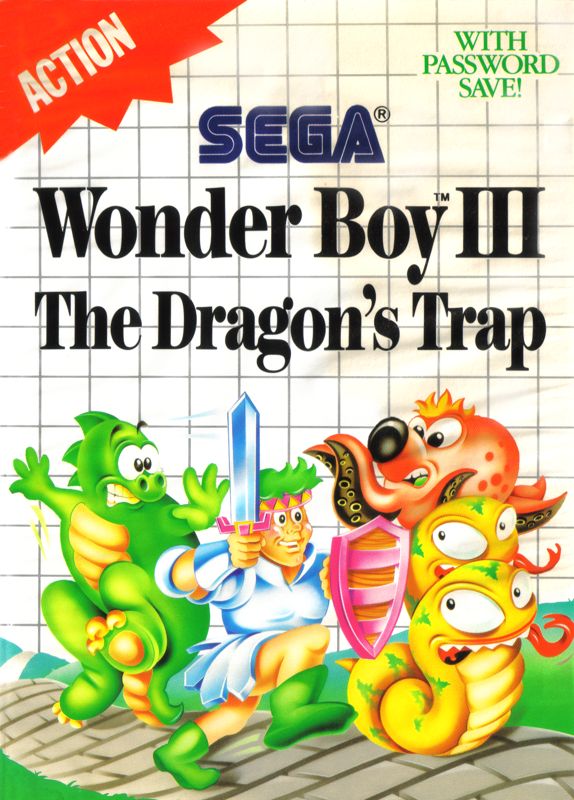
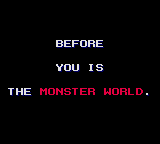
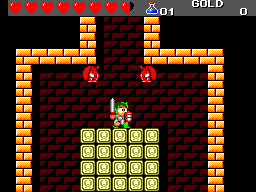
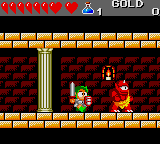
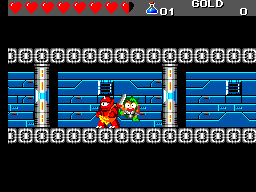
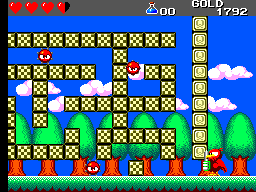
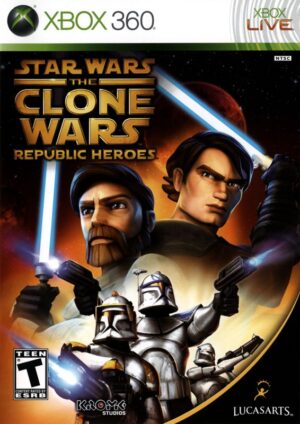


Reviews
There are no reviews yet.